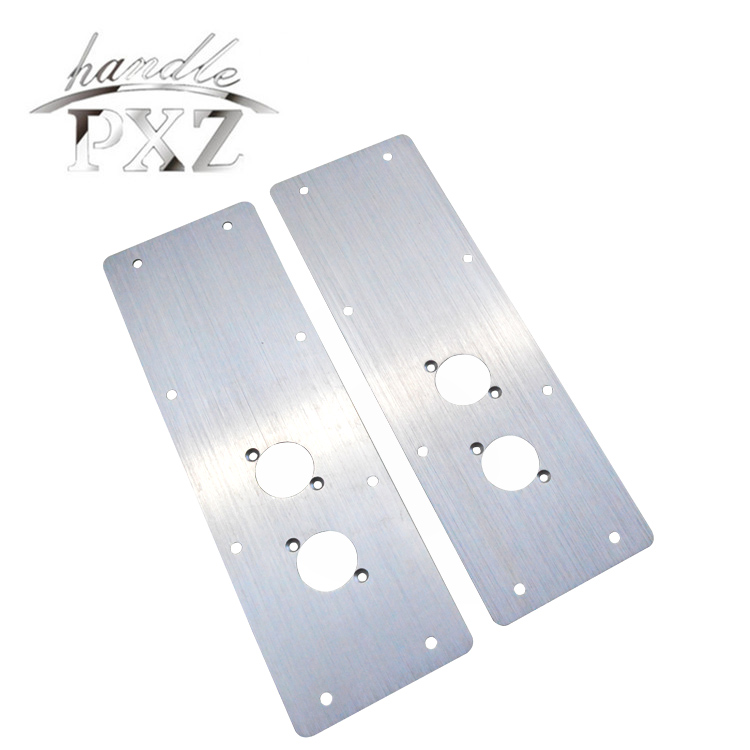
What is a lathe?
The lathe makes cylindrical parts by rotating the material on the fixed tool.
Using a lathe to make parts is called turning.
The raw material is fixed in a high-speed rotating chuck-the axis of rotation is called the C axis.
The tool of the lathe is installed on the tool holder, which can be moved parallel to the C axis (represented by motion along the Z axis) and perpendicular to the C axis (X axis motion).
On the CNC lathe, by controlling the X and Z positions of the tool holder at the same time, the rotational speed of some features can be changed and the complex cylindrical geometry can be turned.
More advanced lathes have automatic tool changers, parts catchers for serial production, and power tools that allow certain milling functions.
The material needs to be fixed in the chuck and, in some cases, the tail seat needs to be supported.
Lathes are good at making cylindrical parts with very strict tolerances and repeatability.
Lathes are not used for parts where the main feature deviates from the axis.
Parts with off-axis features cannot be turned on a lathe without additional tools.
For example, a lathe can only drill holes in the central shaft by installing a bit on the tail seat; eccentric holes are usually not possible in standard turning operations.
What is a milling machine?
Unlike a lathe, a milling machine holds the material in a fixture and cuts it with a rotating tool.
The milling machine has many different configurations, but the most common is to allow the operator to move the part left and right along the X axis and back and forth along the Y axis.
The tool moves up and down the Z axis.
The CNC milling machine can simultaneously control the movement along these axes to create complex geometry, such as surfaces.
This main type of milling machine is called a 3-axis milling machine.
5-axis milling machines can cut more complex parts, as well as a wide range of parts, including many different functions that cannot work on a lathe.
On the other hand, the setup and programming of the milling machine can be very complex.
A part may need to change its orientation multiple times to process all features.
Different settings are called milling operations, and the increased milling operations increase the cost and overhead of part manufacturing.
How to choose milling machine and lathe?
From the above summary, the lathe is the most suitable for the manufacture of cylindrical parts, the cross section of the part must be circular, and the same central axis must run through its entire length.
The milling machine is more suitable for machined parts that are cylindrical, with flat, complex features or with offset / inclined holes.
The milling machine can process cylindrical features, but if the part is pure cylindrical, the lathe is a better choice.
More complex machines, such as Swiss lathes, can cut plane features and drill vertical holes in the material.
However, these machines are still more suitable for cylindrical parts.